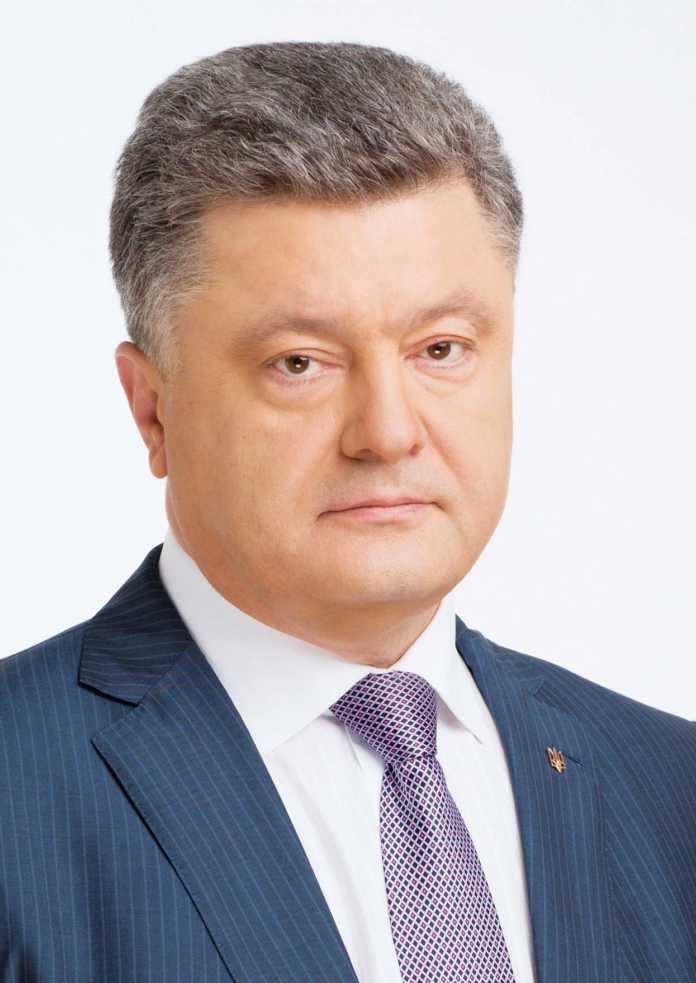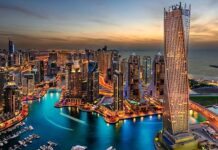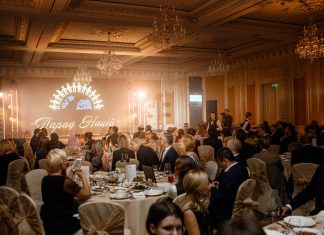The fifth President of Ukraine had to lead the state in the most difficult period of modern history. In fact, during a war — during the great, bloody and more than brutal war, when there is and there will be not only the territorial integrity of Ukraine at stake, but also the very fact of our state’s existence on the political map of the world.
The election of Petro Poroshenko to the presidency was preceded by a series of dramatic events, including the “Revolution of Dignity” and the so-called “Russian Spring”. The first event concerns the removal of the Donetsk clan from the power and a significant geopolitical reorientation of Ukraine, starting from 2010. The second one is the entry of troops of the Russian Federation into the Ukrainian territory and the occupation of the Crimean Peninsula and the partial occupation of Donetsk and Luhansk oblasts.
During the “Revolution of Dignity”, the future President was not in the very centre of the great confusion. Of course, if you do not count the dramatic events of December 2013, when an angry crowd tried to break the boundaries of Special Forces soldiers near the building of the Presidential Administration. Poroshenko in vain calmed the crowd down and almost became a victim of that crowd. In less than a year, he would become the President of Ukraine and the Supreme Commander of the Armed Forces, and young people, who he tried to calm down in vain would become the soldiers of the Volunteer Battalions of the Armed Forces of Ukraine. In fact, his subjects. History loves jokes on the brink of “dark humor”. Especially the native one.
The pre-term presidential elections-2014 were held not as the last thing to ensure that the EU and the USA had the reason to talk about legitimate power in Kyiv. Poroshenko won these elections in one round — however, hardly anybody saw him either a peoples’ messiah like Yushchenko or an anti-peoples’ anti-christ, like Yanukovych. The Ukrainians were mainly interested in whether he would sell his business, whether he would stop the hryvnia falling, or whether the Armed Forces of Ukraine would come to the eastern border under his command. No one was waiting for a miracle from Poroshenko.
In August 2014, the Russian troops increased their presence in the Ukrainian east — increased evenly to extend needed to close volunteer battalions in an inferior boiler near Ilovaisk and swallow a part of the Azov coast. The advance of the Ukrainian Army, which had begun with the return of the northern Luhansk and eastern Donetsk regions, stopped. The war moved on to its trench stage. This stage ultimately continues up to this day. However, in August 2014, it seemed likely that the Russian army would break through to the Dnipro.
That did not happen. A diplomat by education, the fifth President preferred diplomatic means of pressure on the Russian Federation. They worked — but worked only in conjunction with the tactics of hard defense, which would have to exhaust the enemy. This tactic cost us another boiler, attacked by fi re Mariupol and the tragedy at the Donetsk airport, but the front line nevertheless stabilized in 2016. Ultimately, the President still believes that the Russian pressure system he had chosen was correct:
– We hope for further strengthening of the leading role of the European Union in the process of peaceful settlement of the situation in Donbas and support of the international initiatives of Ukraine on the de-occupation of the Crimea… I hope that we will hold the next EU-Ukraine summits once again — let me express this assumption — in Donetsk and in Yalta. I would do everything possible for this…
In foreign policy, Poroshenko with almost fanatical stubbornness, the one, that as a rule ignores the objective reality, has conducted a radical European integration course. It was decided to laugh at this stubbornness, as well as it was decided to laugh at the presidential claims. Poroshenko himself laughed at these merry chaps and tattlers, quoting Russian-speaking Scotsman Lermontov, after proclamation of a wished-for visa free regime with the European Union at the solemn concert.

The common language with Donald Trump, the new US president, was also found. At least, the President himself spoke about his visit to the USA and the negotiations with Trump as follows:
– If to talk about my main impressions of the visit to the USA and the meeting with President Trump, his key position was not to give advice, but he clearly asked: “Petro, how can I help you?” This is the position of a real partner, a true friend of Ukraine… As for handshake — it was a handshake of the partners. And the overall atmosphere, which begans with handshake, was very friendly, very partner like, very reliable and I felt very comfortable…
In internal politics, truly, “the joy embraced the grief”. Falling of the hryvnia was managed to be paused, but at the rate, which would be a terrible nightmare in 2013. However, the President is almost optimistic about the future of the national currency:
– We can say that stability of hryvnia is not under the threat in the current situation. And the position regarding the gold and currency reserves, and the position on possible borrowings is the one that allows control of the situation.
Also a slow but rigid curtailment of the post-revolutionary “holiday of disobedience”, which roughly and like a carnival burned the 2014 and 2015 has begun since 2016. The state made it clear that the revolutionary and Maidan mess does not match military time, sometimes making such an explanation rather rigidly.

Separately, another two tendencies, which mark the reign of the fifth President and which go hand in hand with that taming of the shrew, which was discussed above, should be mentioned. The first one is Ukrainianization and de-communism, which were implemented more persistently in three years than in five Yushchenko’s years. They are clearly promoted by the war in Donbass and diabolical Moscow Ukrainophagia, but the destroyed monuments to those who drowned in the blood of the UPR, embroidered shirts as a nationwide dress code and Kamianske instead of the clumsy Dniprodzerzhynsk and Horishni Plavni instead of the faceless Komsomolsk – all these happened under the omophorion of, in fact, the fifth President, who commented on this ideological trend exactly like that:
– You just imagine how this Soviet-Russian ideological trash littered Ukraine! Even at such a rate of dismantling in the country, up to a thousand of monuments to the bloody lilith still remains…. The names of the executioners are out from the Ukrainian map, it is out of the question. But what name to choose for the future — let the communities decide for themselves… The only warning is not to return to imperial names. I will not allow the map of Ukraine to be blurred again with Novorussky toponyms! We must complete decommunization, because this is the matter of national security. As well as our responsibility for the future and moral duty to the millions and millions of Ukrainians exterminated by Bolshevism.
The second tendency is less obvious and does not stand out too much. It is about the fact that the own ideology gradually appears in the state. After the multi-vector of the 1990s, after the country was actually torn apart between the orange and white-blue poles of political power, the concept of the “United Country”, which actually has a landmark already determined by giving us a visa-free regime, has finally emerged. This is about a gradual, but not evasive, entry of our state into the Western civilization. But this is a tendency for the nearest future.













